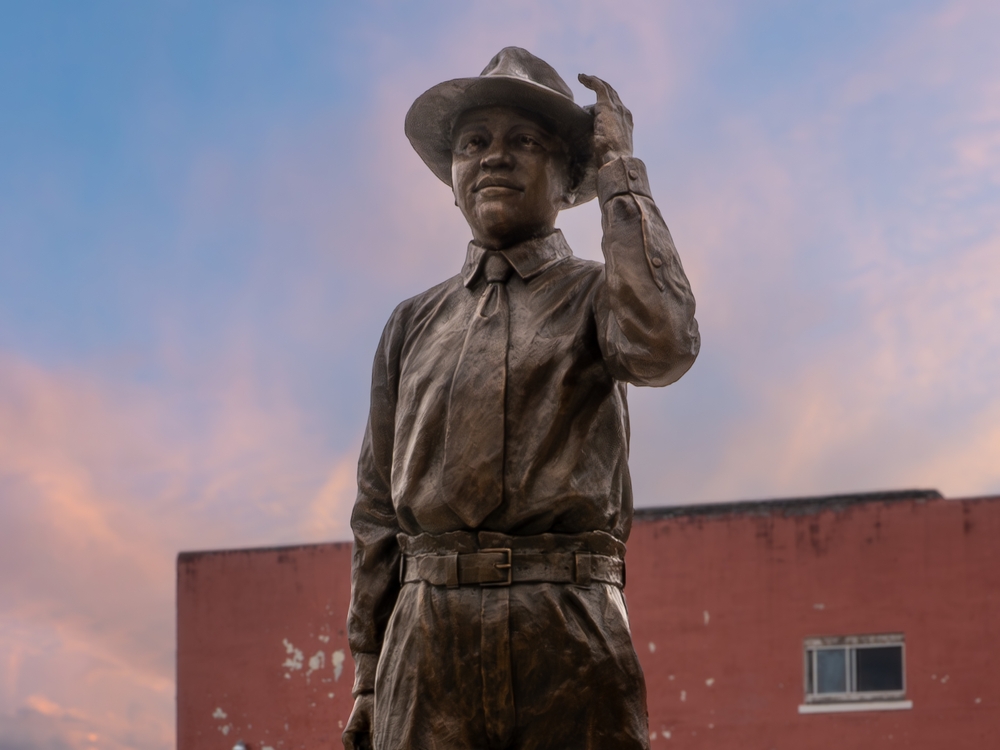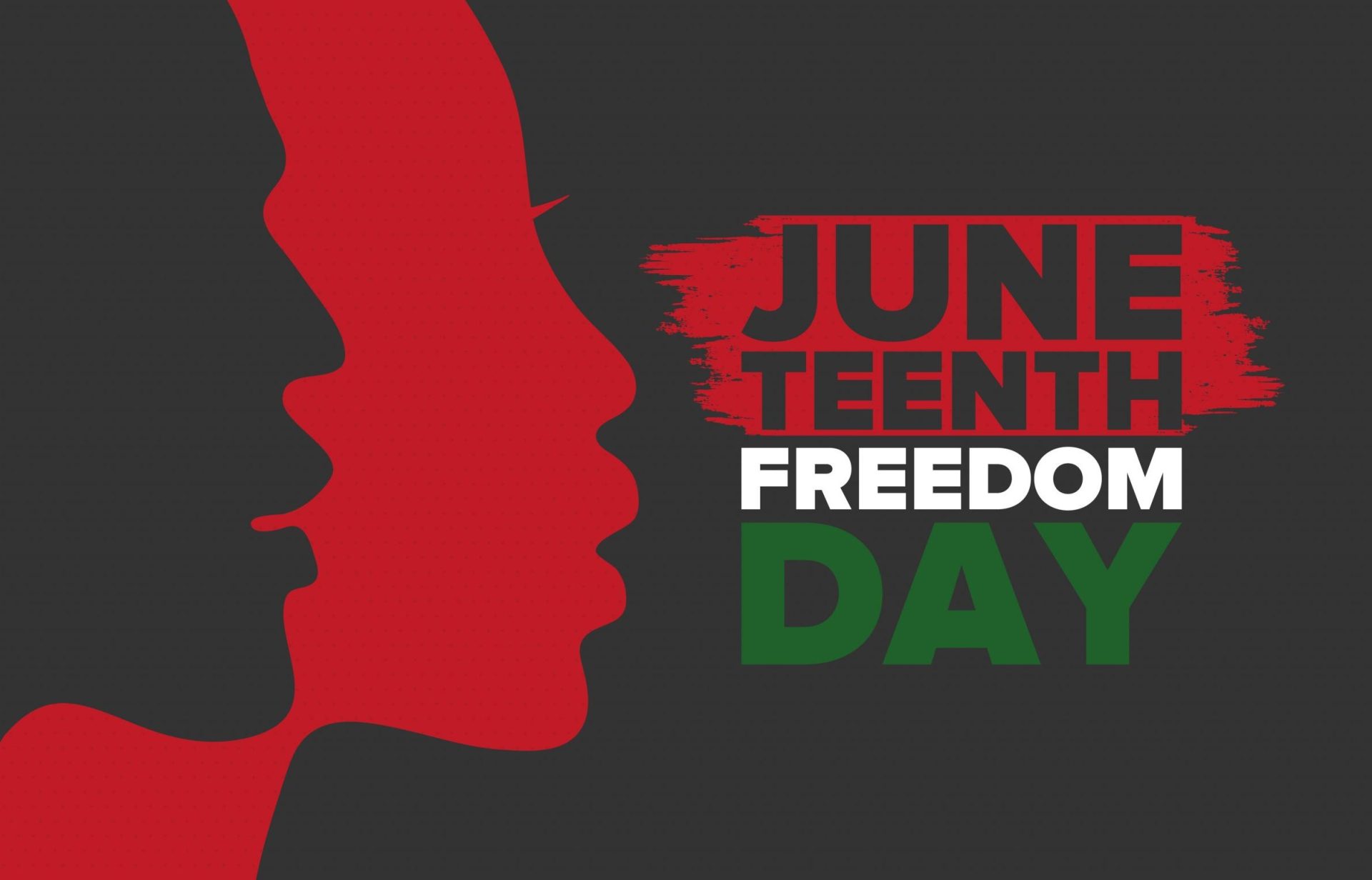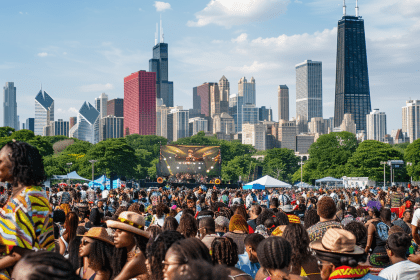The Trump administration has issued legal opinions that could facilitate the removal of monuments commemorating Emmett Till, the 14-year-old whose brutal murder in 1955 catalyzed the modern civil rights movement. The Justice Department’s position empowers the president to revoke or diminish national monuments, creating unprecedented threats to sites that memorialize one of America’s most significant civil rights tragedies.
These policy changes affect multiple locations connected to Till’s story, including memorial sites along the Tallahatchie River where his body was discovered, the Mississippi courthouse where his killers were acquitted, and the Chicago church where his funeral galvanized national outrage. The potential elimination of these commemorative sites represents a concerning development in how America chooses to remember its most painful yet instructive historical moments.
The targeting of Till-related monuments occurs amid broader debates about historical memory and the preservation of sites that document racial violence and injustice in American history. These locations serve not merely as tourist destinations but as essential educational resources that help contemporary audiences understand the realities of systemic racism and its devastating human costs.
Historical significance demands permanent protection
Emmett Till’s 1955 murder in Mississippi resulted from a false accusation by a white woman who claimed the Chicago teenager had whistled at her during a store visit. The subsequent torture and killing of Till by local white men, followed by their acquittal by an all-white jury, exposed the brutal realities of Southern racial violence to national and international audiences.
Till’s mother, Mamie Till-Mobley, made the transformative decision to hold an open casket funeral, allowing the world to witness the horrific violence inflicted upon her son. This courageous choice transformed a local tragedy into a national reckoning with racial injustice, inspiring countless individuals to join the emerging civil rights movement and demand fundamental changes to American society.
The murder and its aftermath directly influenced major civil rights leaders and activists, including Rosa Parks, who later cited Till’s death as motivation for her Montgomery bus boycott actions. The case established precedents for how racial violence would be documented, commemorated, and used to advocate for social justice reforms throughout the following decades.
Monument vandalism reflects ongoing resistance
Memorial efforts honoring Till have faced persistent vandalism and destruction since their inception, demonstrating continued resistance to acknowledging this historical tragedy. The initial monument at Graball Landing, funded by actor Morgan Freeman, disappeared just six months after installation, while subsequent replacements endured hundreds of bullet holes and other forms of destruction.
Preservation advocates eventually installed bulletproof signage to protect the memorial from ongoing attacks, illustrating the extraordinary lengths required to maintain these historical markers. The pattern of violence against Till monuments mirrors the original violence that took his life, suggesting that the underlying attitudes that enabled his murder persist in certain communities.
These repeated acts of vandalism underscore why federal protection for Till-related sites remains essential rather than optional. Local and state authorities have proven insufficient to protect these memorials from destruction, making federal designation and oversight crucial for their long-term preservation and educational value.
Experts warn against historical erasure
Civil rights historians and preservation advocates have expressed alarm about policies that could eliminate federal protections for Till-related sites. National Parks Conservation Association leadership has emphasized the critical importance of maintaining federal safeguards for locations that document America’s civil rights history and racial violence.
Former National Park Service officials have highlighted the necessity of confronting uncomfortable aspects of American history, arguing that acknowledging past mistakes enables learning and progress. They contend that removing or diminishing these memorial sites represents a dangerous form of historical revisionism that undermines educational efforts and social understanding.
The broader implications extend beyond individual monuments to encompass questions about how America chooses to teach its history and what lessons it prioritizes for future generations. The elimination of Till-related sites could signal broader retreat from honest examination of racial injustice and its continuing effects on contemporary society.
Public opposition mobilizes preservation efforts
Social media campaigns and grassroots advocacy have emerged to oppose potential monument removals, with many Americans expressing disbelief that Till’s memory could face official erasure. These responses reflect widespread recognition of Till’s significance in American civil rights history and concern about what such removals might represent for historical education and racial reconciliation efforts.
















